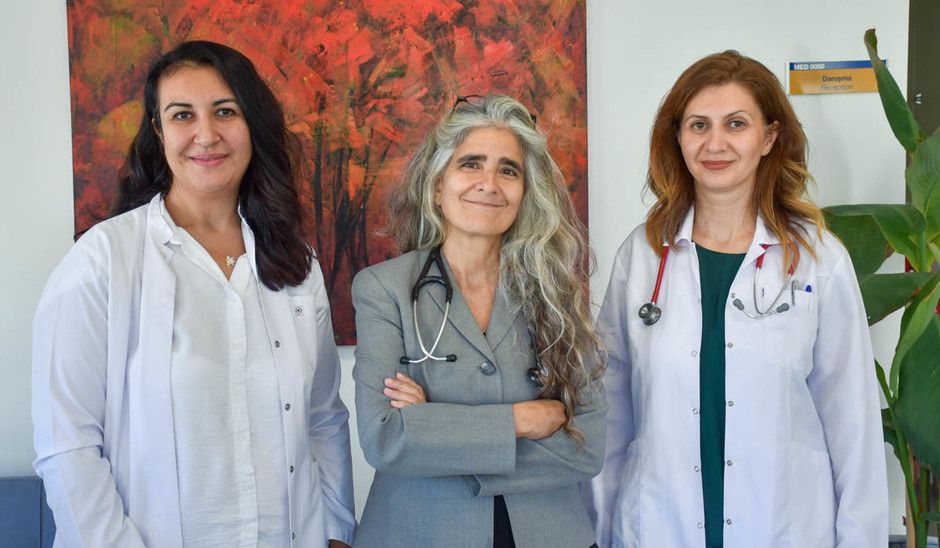Eastern Mediterranean University (EMU) Dr. Fazıl Küçük Medicine Faculty academic staff member Assoc. Prof. Dr. Amber Eker Bakkaloğlu wrote an article titled "The Story of the Red Tulip and Our Red Tulips" on the occasion of 11 April, Parkinson’s Day. Assoc. Prof. Dr. Bakkaloğlu’s statement reads as follows:
“The symbol of Parkinson's Disease is the red tulip, also known as the Parkinson's tulip. In 1980, a Dutch gardener, who also suffered from Parkinson's, grew a very special and subsequently rewarding red tulip. In honor of the doctor who first defined Parkinson's disease, he named his tulip ‘Dr. James Parkinson”. Since 11 April, 2005, this tulip has been accepted as the symbol of Parkinson's disease all over the world, and events are organized every year on 11 April to raise awareness on Parkinson's disease all over the world.
As a Cypriot neurologist who is interested in Parkinson's disease, whenever I see the red tulip symbol, I always remember our unique red Cypriot tulips. In fact, this situation can be associated with the following feature of the disease. There are very basic features that we use in the diagnosis of Parkinson's disease all over the world. However, as doctors, we always emphasize that "there is no disease but there are patients". Just as we have red tulips specific to each place and, like those in our island, Parkinson's patients have characteristics specific to the person or the society they belong to. These features affect the course of their disease.
The incidence of Parkinson's disease increases with advancing age. The most basic symptoms for its diagnosis are the slowing of movements, tremors in the hands, especially during rest, and body stiffness. Differences can be observed among patients even with these basic symptoms. While tremors dominate the disease of some of our patients, slow movement is at the forefront in some other patients. In addition to these basic symptoms, a wide range of additional complaints that may accompany the disease should be followed up periodically without any overlook.
Constipation, which may accompany the disease and may even occur before the movement-related symptoms of the disease, emerges as a common problem affecting the comfort of patients. In addition, some patients may experience bending of the trunk, depression, sleep problems, forgetfulness, and swallowing problems during the course of the disease. A recent study that examined the characteristics of our Parkinson's patients showed us that nearly half of the patients may have bending of the trunk either forward or towards the sides. In some patients, this can be much more severe. In patients with bends in the trunk, instability in walking and falls are more observed.
In addition to the basic symptoms of the disease, the follow-up of the accompanying diseases is very important in terms of increasing the patient’s life quality. The sooner treatments for both basic and accompanying symptoms are initiated in Parkinson's, the more favorable the course of the disease is. For this reason, increasing awareness of the society about all these symptoms of the disease and periodic follow-up of Parkinson's patients will be the factors that will have a positive effect on the process. "







